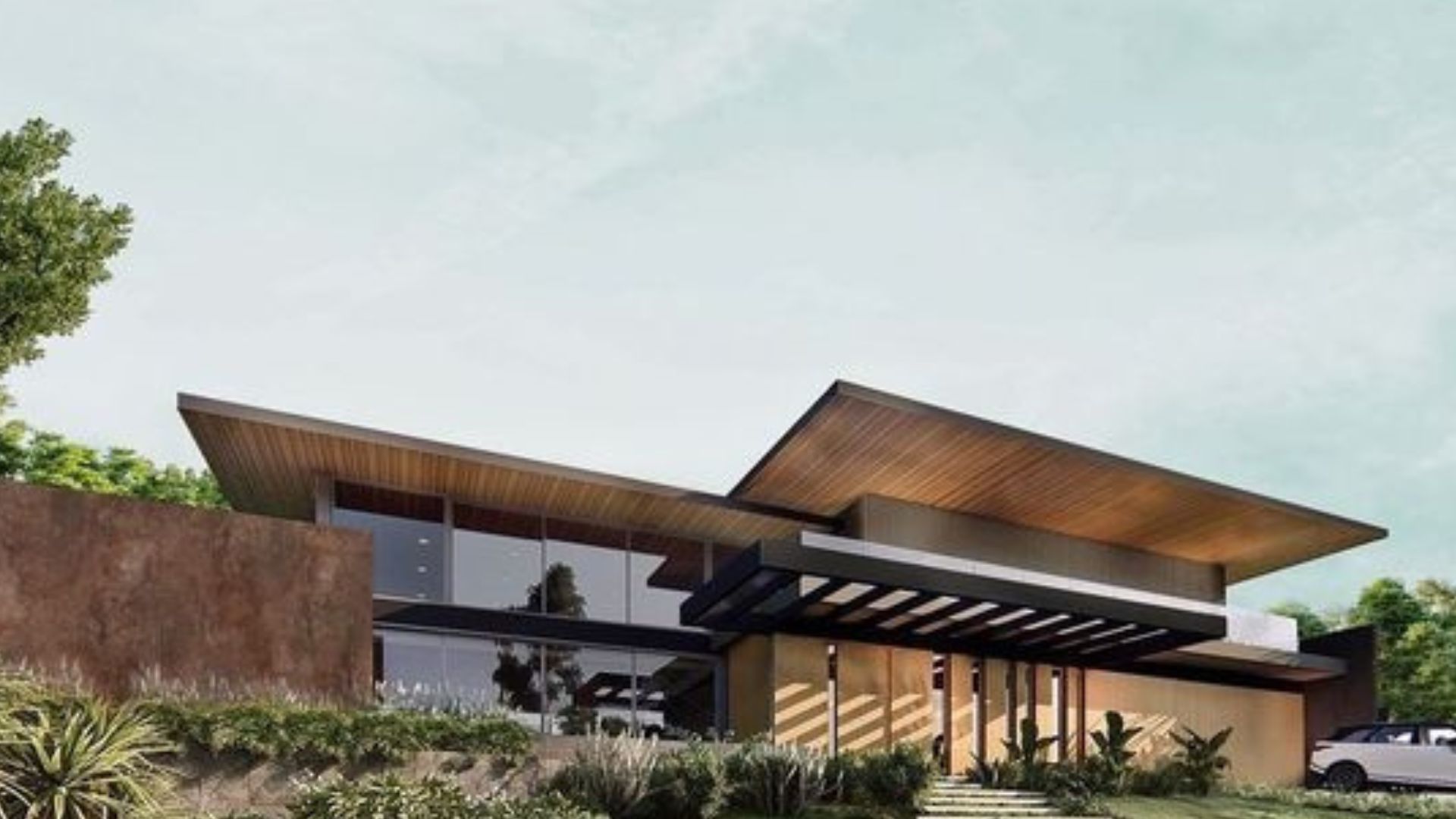Villas: Staying Ahead by Embracing Market Shifts
Read latest blogs and articles from Housystan

The Information mentioned here was last updated on:
28/12/2025Villas have become a preferred accommodation choice for travelers and property investors seeking luxury, privacy, and unique experiences. In today’s fast-evolving real estate landscape, staying ahead of the curve means adapting quickly to dynamic market trends. By embracing shifts in consumer preferences, technological advancements, and regional demands, villas are positioned to capture a growing share of the hospitality and investment market, especially in high-demand locations.
The global villa market is witnessing significant transformation, driven by a surge in demand for personalized and upscale living options. Whether in coastal destinations, picturesque countryside settings, or bustling tourist hotspots, villas offer a blend of exclusivity and comfort that appeals to discerning guests and savvy buyers alike. Owners and investors who proactively respond to market signals—such as shifting traveler demographics, sustainability trends, and digital booking technologies—can achieve higher occupancy rates and maximize returns.
In locations like Goa, Bali, Santorini, Miami, and the Algarve, villas are adapting by offering enhanced amenities such as private pools, dedicated concierge services, and seamless smart home integrations. These features cater to the modern traveler’s desire for convenience and tailored experiences. Additionally, the rise in remote work and extended stays has fueled a demand for villas equipped with high-speed internet and flexible living spaces, appealing to both digital nomads and families seeking long-term comfort.
- Verified Tenants/Buyers
- Unlimited Property Listing
- Zero subscription/charges fee
Another key trend shaping the villa market is the emphasis on eco-friendly practices. Sustainable building materials, energy-efficient systems, and responsible water usage are increasingly important for attracting environmentally conscious guests. Villas that highlight local culture and integrate regional design elements also stand out in a competitive market, drawing visitors looking for authentic and memorable stays.
By keeping a pulse on global and local market shifts, villa owners and operators can refine their offerings to meet evolving guest expectations. Proactive investment in marketing, guest experiences, and innovative technologies ensures that villas remain at the forefront of the hospitality industry. Embracing these market changes not only secures long-term success but also positions villas as the top choice for travelers and investors seeking quality, privacy, and an exceptional stay in desirable destinations worldwide.